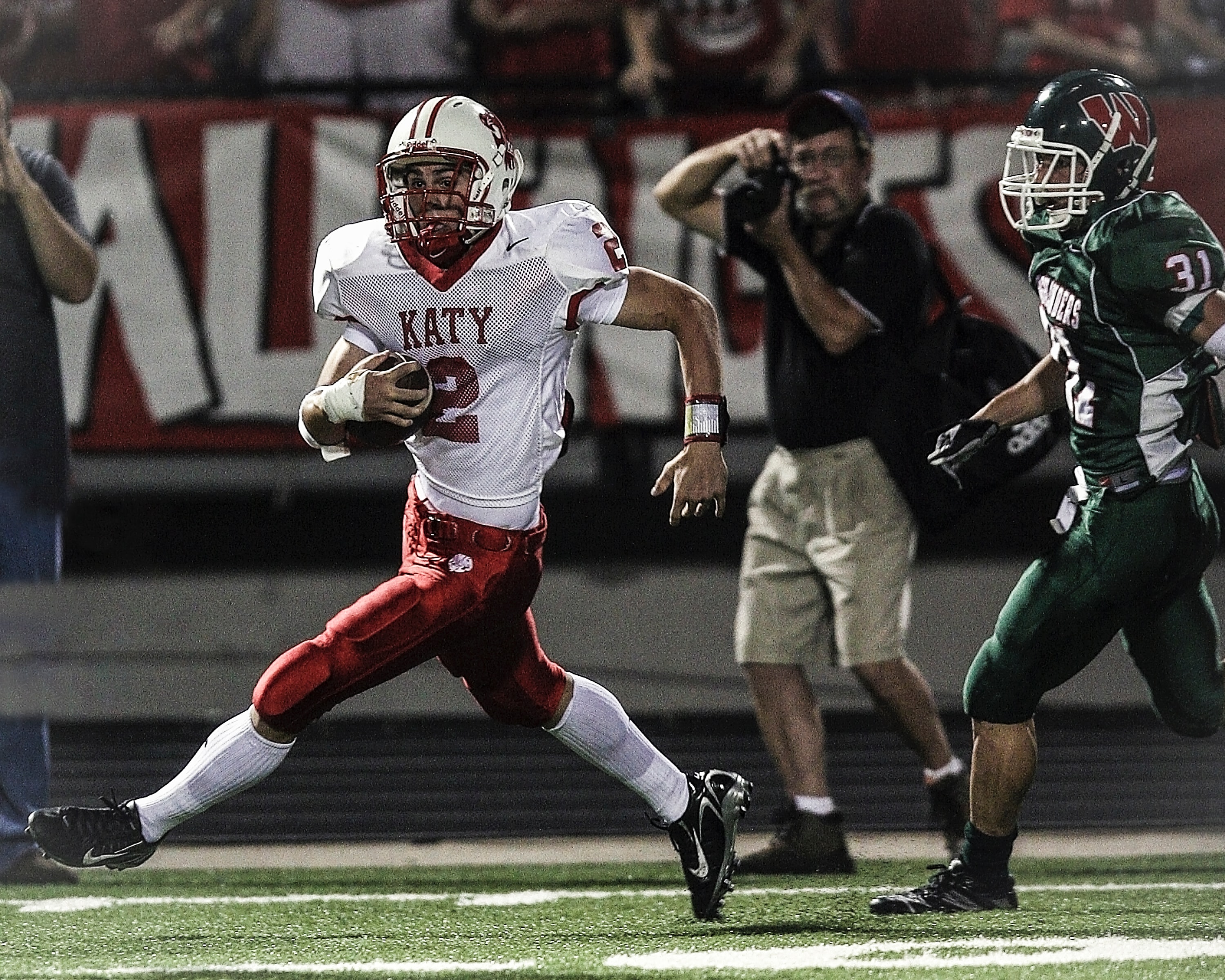The National Collegiate Athletic Association (NCAA) has an established deadline (May 18, 2020) for member institutions to comply with certification requirements regarding terms for the Arrington class settlement agreement. These requirements are specific to three areas in the management of concussion in the student-athlete: return to sport, academic accommodations and instruction, and education requirements. NCAA member institutions, if they attest to join in the agreement, will be required to have policies and guidelines that are specific to each of these areas. Failure to have adequate policy, guidelines, and management plans will increase liability and risk to institutions participating in the settlement.

With respect to the requirements for return to sport following a concussion, the following criteria must be met for an institution to successfully complete the certification process.
- Every student-athlete must undergo preseason baseline testing for each sport the athlete participates in on an annual basis. This must occur prior to participation in any practice or competition for the year when testing occurs.
It is important that each institution is consistent with the method of preseason testing, how this is performed, documented and with compliance regarding this testing in all student-athletes.
- Any student-athlete diagnosed with a concussion must be prohibited from returning to play (including all training activity, practice, or competition) on the same day the diagnosis of concussion is made.
A clear definition of “diagnosis of concussion” must be applied for every athlete evaluated by medical personnel. The removal of an athlete from a practice or game for a suspected concussion may meet this definition.
- A physician must clear any student-athlete diagnosed with a concussion prior to returning to play to include any practice and competition.
Protocol for clearance from a physician and a quality assurance mechanism are required to make sure this requirement is met for all athletes returning to practice or game following a concussion. Physician clearance is recommended for BOTH return to practice and game participation.
- The institution must provide medical personnel with training in the diagnosis, treatment, and management of concussion at all games for contact sports (men’s and women’s) to include football, lacrosse, wrestling, ice hockey, field hockey, soccer, and basketball.
Institutions will be required to define “appropriate medical personnel” and “adequate training” as required by the settlement. This includes requirements for certification and recertification by the institution for the requirements of diagnosis, management, and treatment of concussion.
- The institution must provide medical personnel with training in the diagnosis, treatment, and management of concussion at all practices for contact sports (men’s and women’s) to include football, lacrosse, wrestling, ice hockey, field hockey, soccer, and basketball.
In addition to the recommendations stated immediately above, institutions will be required to determine what constitutes a practice and will need to provide coverage for ALL practice activities regardless of location (i.e. home or away).
- The NCAA will be required to provide institutions educational material for faculty regarding academic accommodations for student-athletes that have suffered a concussion.
Institutions will need to coordinate the distribution of these materials and compliance from faculty on receiving these materials and being responsible for the content. Institutions will also need to ensure these accommodations are available to student-athletes that sustain a concussion.
- Institutions will be required to provide annual NCAA approved concussion education and training to their student-athletes, coaches, and athletic trainers prior to the beginning of every competitive season.
This education requirement is actually extended to strength and conditioning personnel, other medical personnel (team physicians) and athletic administrators via the Inter Association Recommendations for the Prevention of Catastrophic Injury and Death in Collegiate Athletes, which was approved as association wide policy by the NCAA August 1, 2019. Institutions should review this document and ensure all education requirements are met.
The previous requirements are applied for institutions participating in the Arrington settlement at all levels of NCAA competition (1,2 and 3). All certifying institutions must have policies, guidelines, and management plans that are specific to these requirements and need to be in place if the institution is certifying compliance as part of the Arrington settlement. These institution-specific plans must incorporate best practices regarding the management, diagnosis, and treatment of concussion in a student-athlete and should be reviewed and monitored at a minimum on an annual basis.
Further, it will be imperative that operationalizing the requirements to meet these standards is monitored for compliance on a frequent basis. Quality assurance around these recommendations will be essential to successful implementation, reporting, and compliance required by the settlement.
Collaboration with external experts in concussion management, athletic healthcare administration, quality assurance, event reporting, and athlete safety is recommended to ensure all requirements are accounted for in policies and guidelines. External policy and guideline review, program implementation review, and quality assurance review will help institutions reduce risk and liability regarding concussion in the student-athlete that is further amplified by the requirements of the Arrington settlement.
For additional information and programming to ensure your institution is meeting the requirements for certification as mandated by the Arrington settlement agreement contact and collaborate with USCAH.


